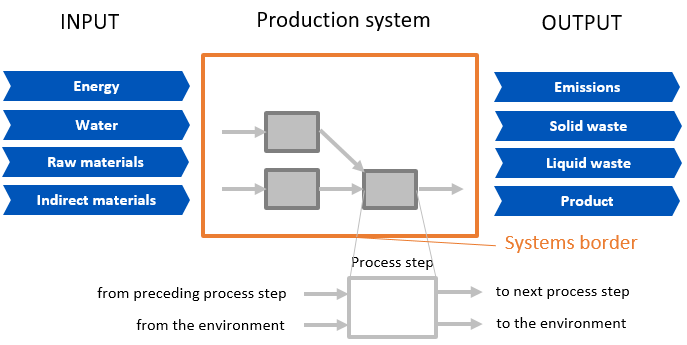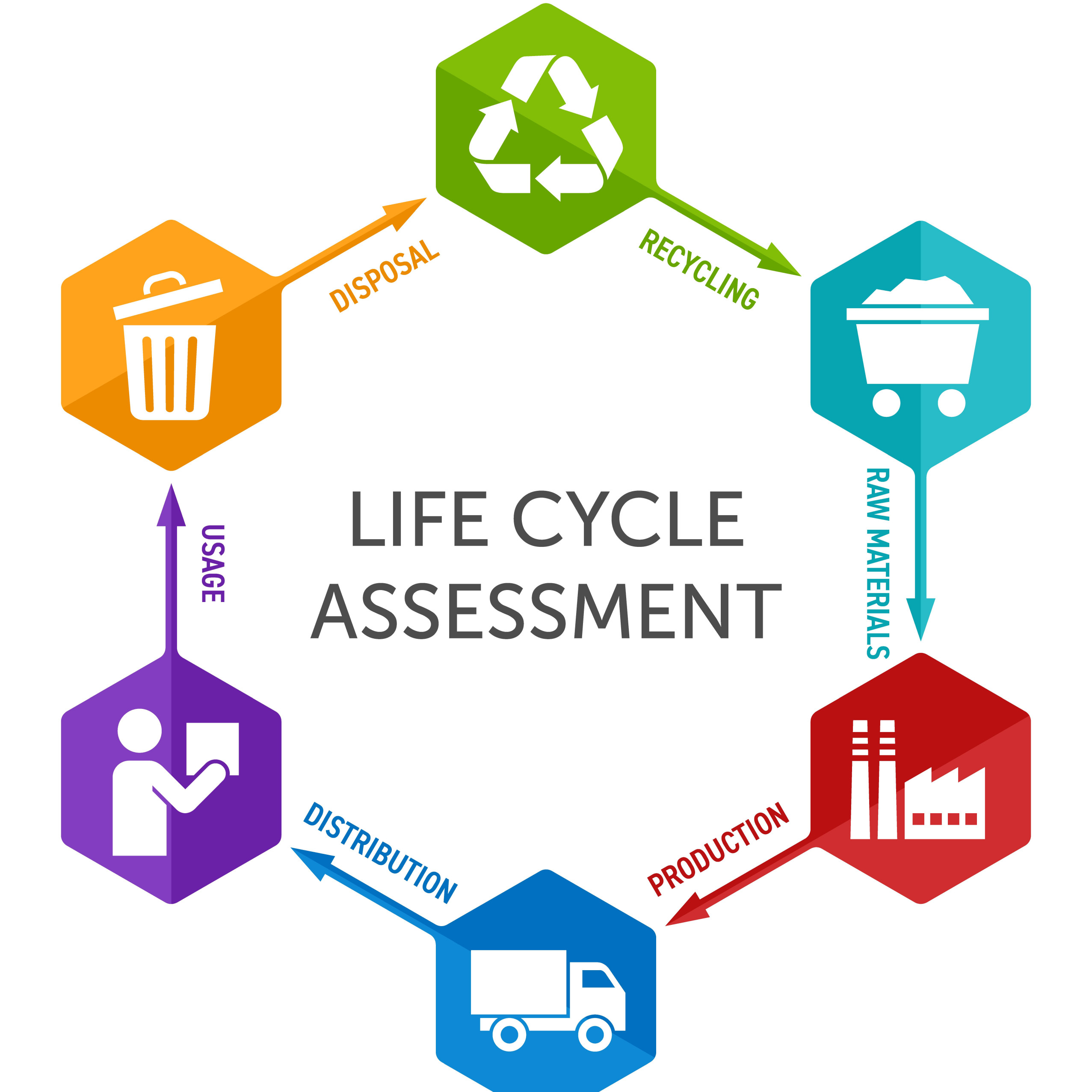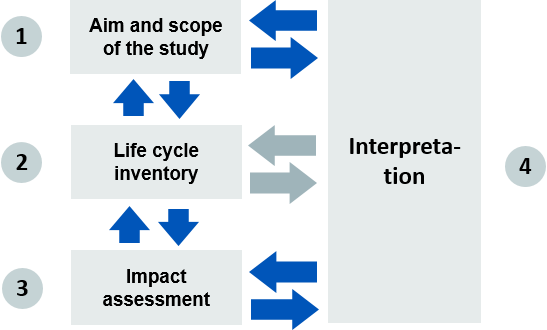The ecological impact of a product (or service) can be systematically determined by means of a life cycle assessment (LCA) and classified according to impact categories. These standardized results are ideal for transparent communication of the sustainability performance of the considered object. Companies with a high level of sustainability awareness are already making use of them and many customers ask for such a quantification of a Sustainability performance.
Legislators have also recognized the advantages of LCA. The new EU Battery Regulation, for example, requires that a carbon footprint of batteries for electric vehicles has to be reported from 2024 (the impact category "Global Warming Potential" of an LCA).
The battery regulation defines the requirements for sustainability, safety and performance for all battery categories (EUR-Lex - 02023R1542-20240718 - EN - EUR-Lex) and compliance with these requirements is ensured by specific labeling (labeling, marking, QR code). Particular emphasis is placed on the topic of “carbon footprint”, which is explicitly required in Article 7. The methodology for calculating and verifying the carbon footprint is based on a life cycle assessment and is regulated in Annex II of the regulation.
We not only support you in complying with the Battery Regulation in accordance with Article 7 with regard to your battery products, but also with efficient and practical implementation. Our range of services includes life cycle assessment and reporting. In addition, we support you in verifying the legal compliance of your battery products and ensure that you reliably meet all regulatory requirements.


Figure 1: Production process

Figure 2: Life cycle phases

Figure 3: Life cycle assessment steps

LCA follows a four-step process with mutual interactions (Fig. 3): First, the object of study as well as the system boundaries and the goal of the analysis are determined. To determine a life cycle inventory, a model is built and fed with data to calculate emissions and resource consumption. A so-called impact assessment is then determined automatically by means of classifications and, if necessary, weightings with a view to significant ecological impact categories. Greenhouse gas impact is only one of these categories - although it is highly relevant. In the course of interpreting the results, scenarios can be modeled, particularly in the development phase of a product, in order to provide a secure decision-making basis for ecological optimization of the impact.
The life cycle assessment is prepared over the entire life cycle phases of the product/service along the balancing steps (1 to 4) in accordance with the ISO 14040ff series of standards.